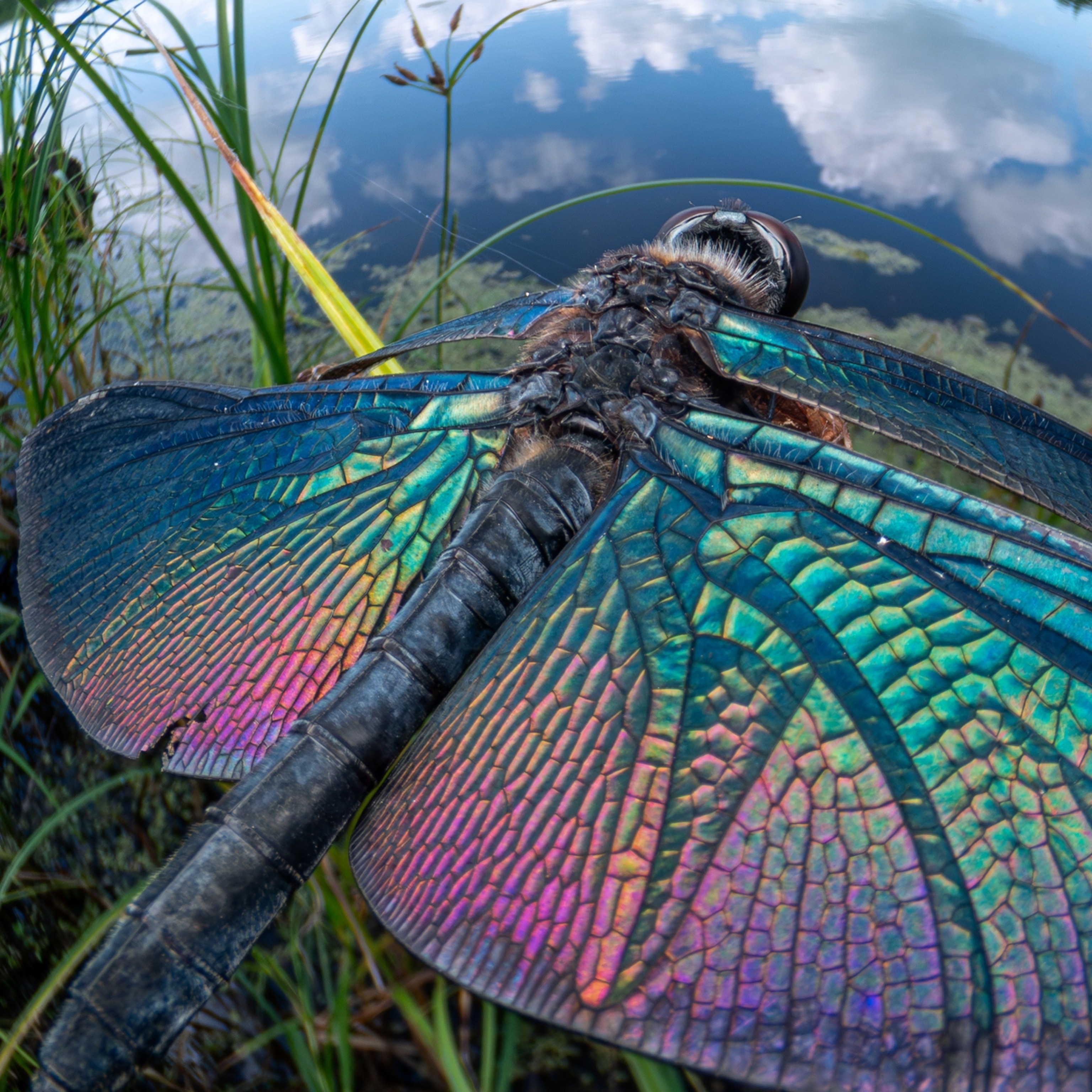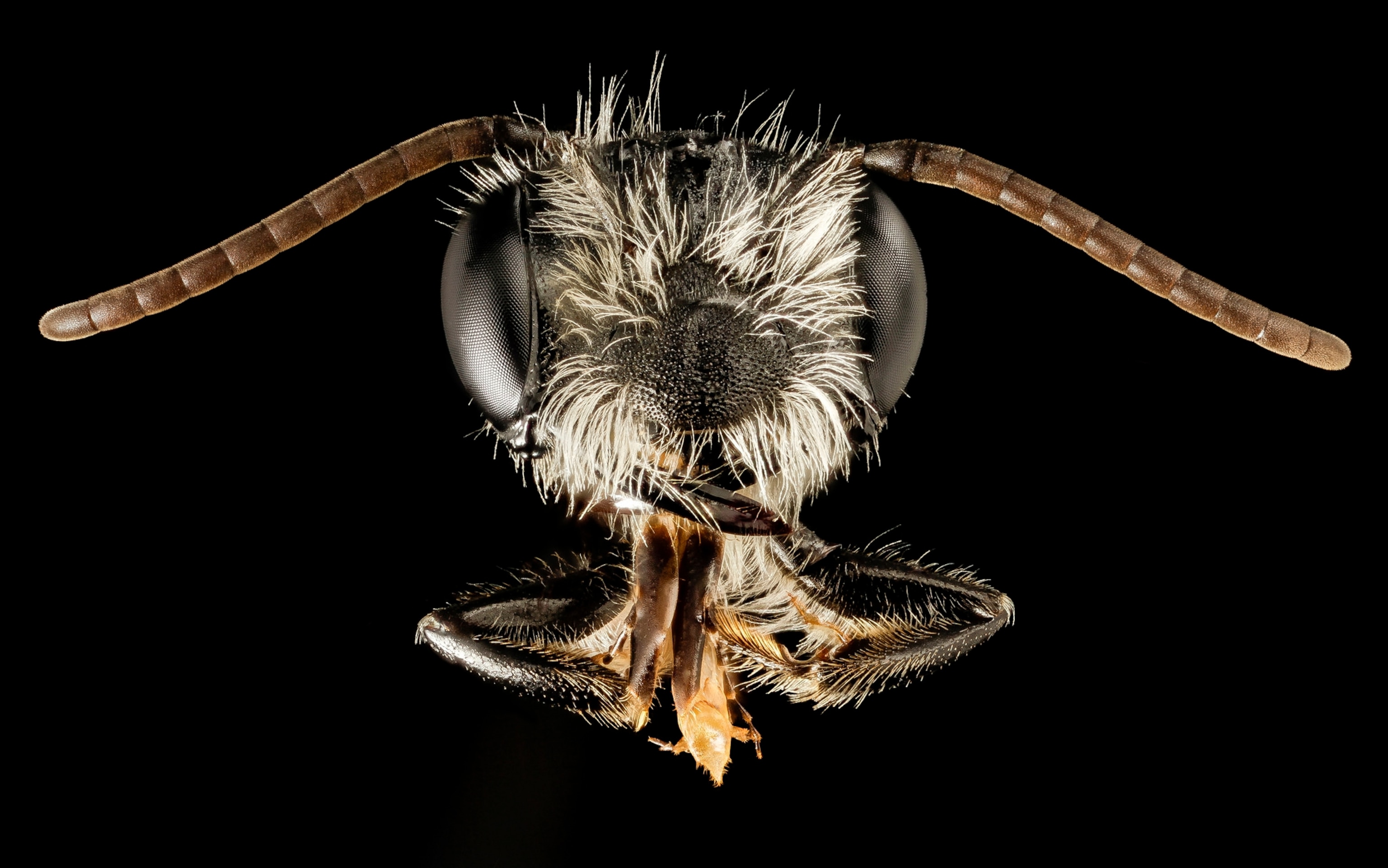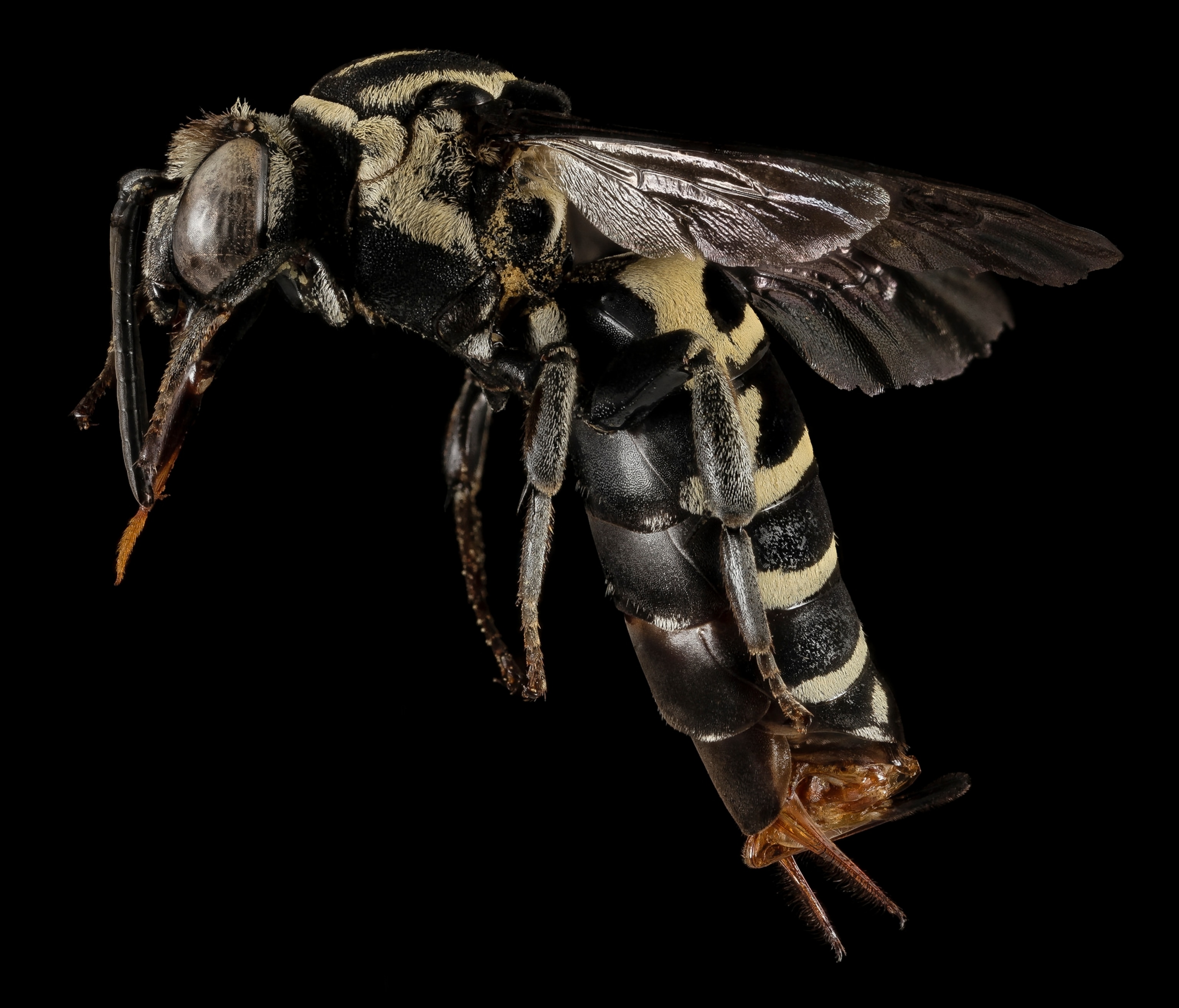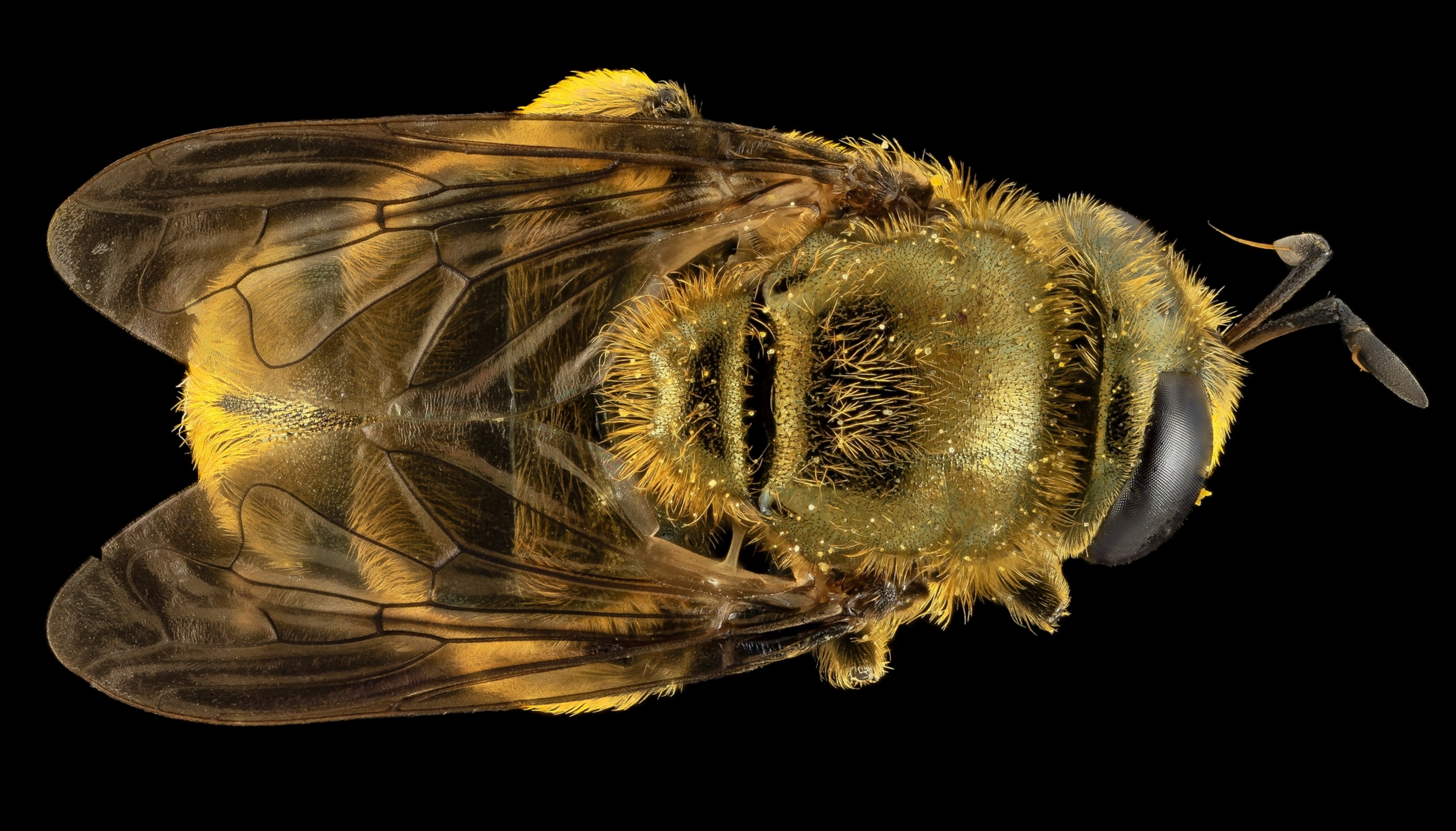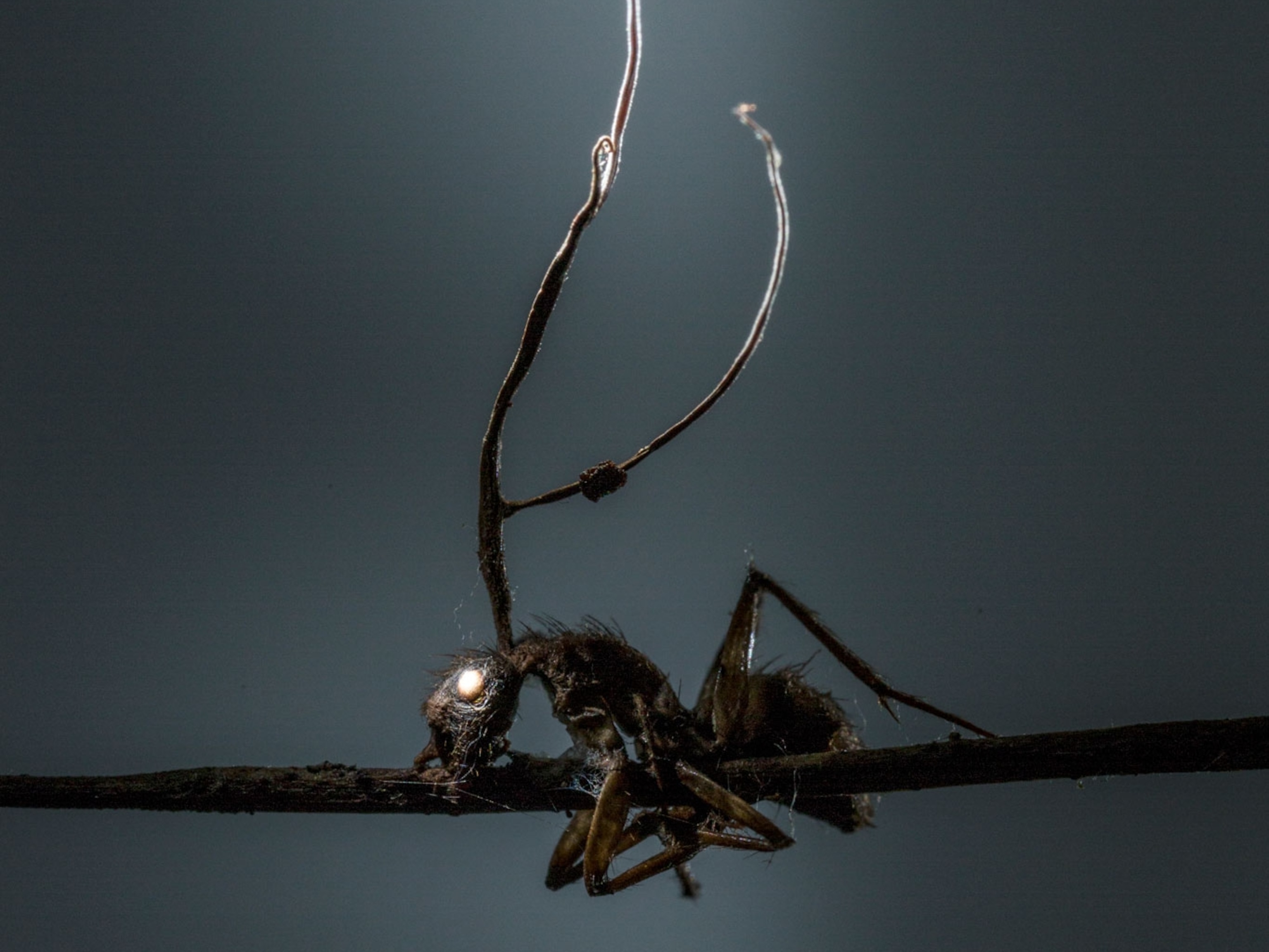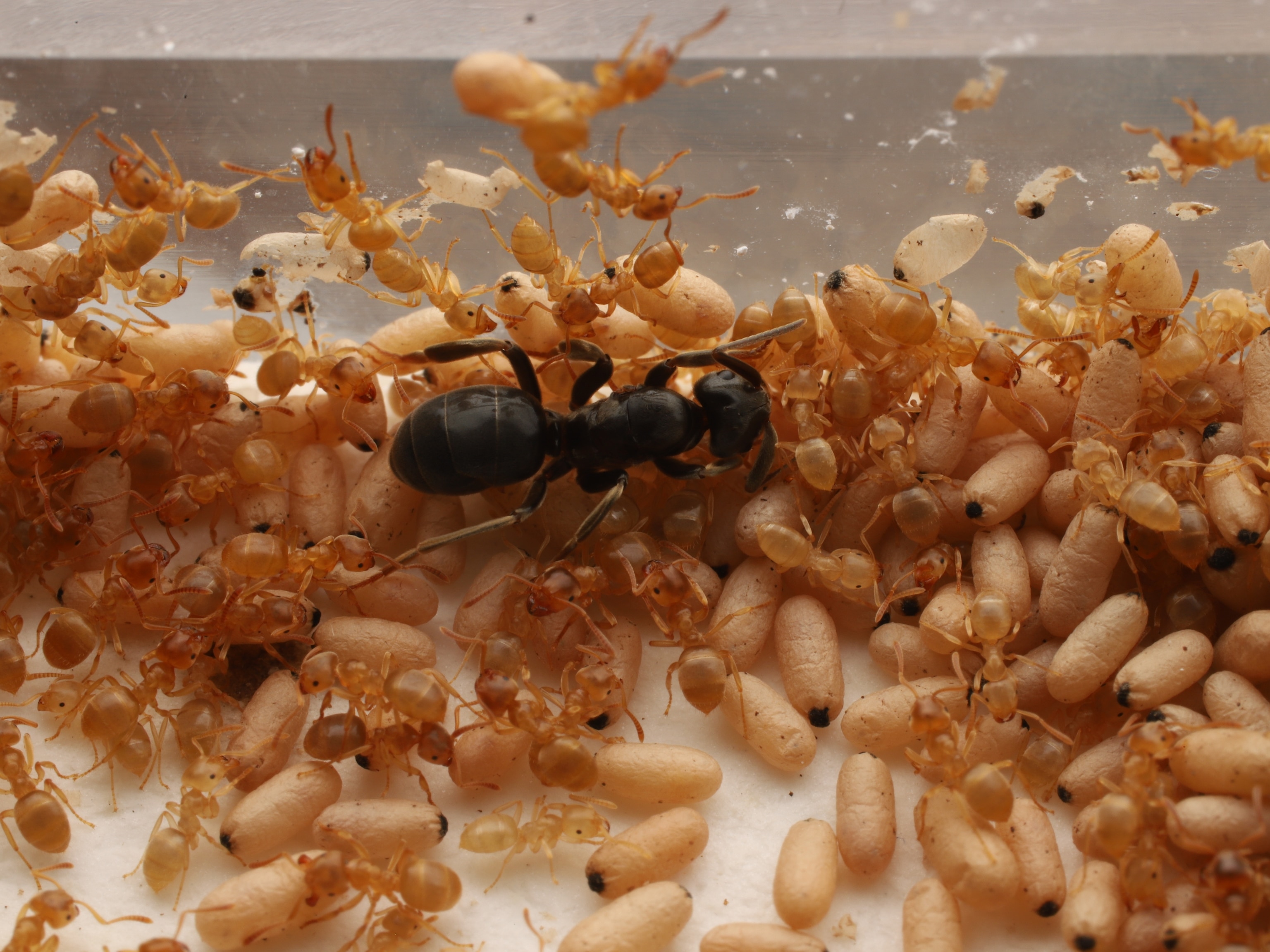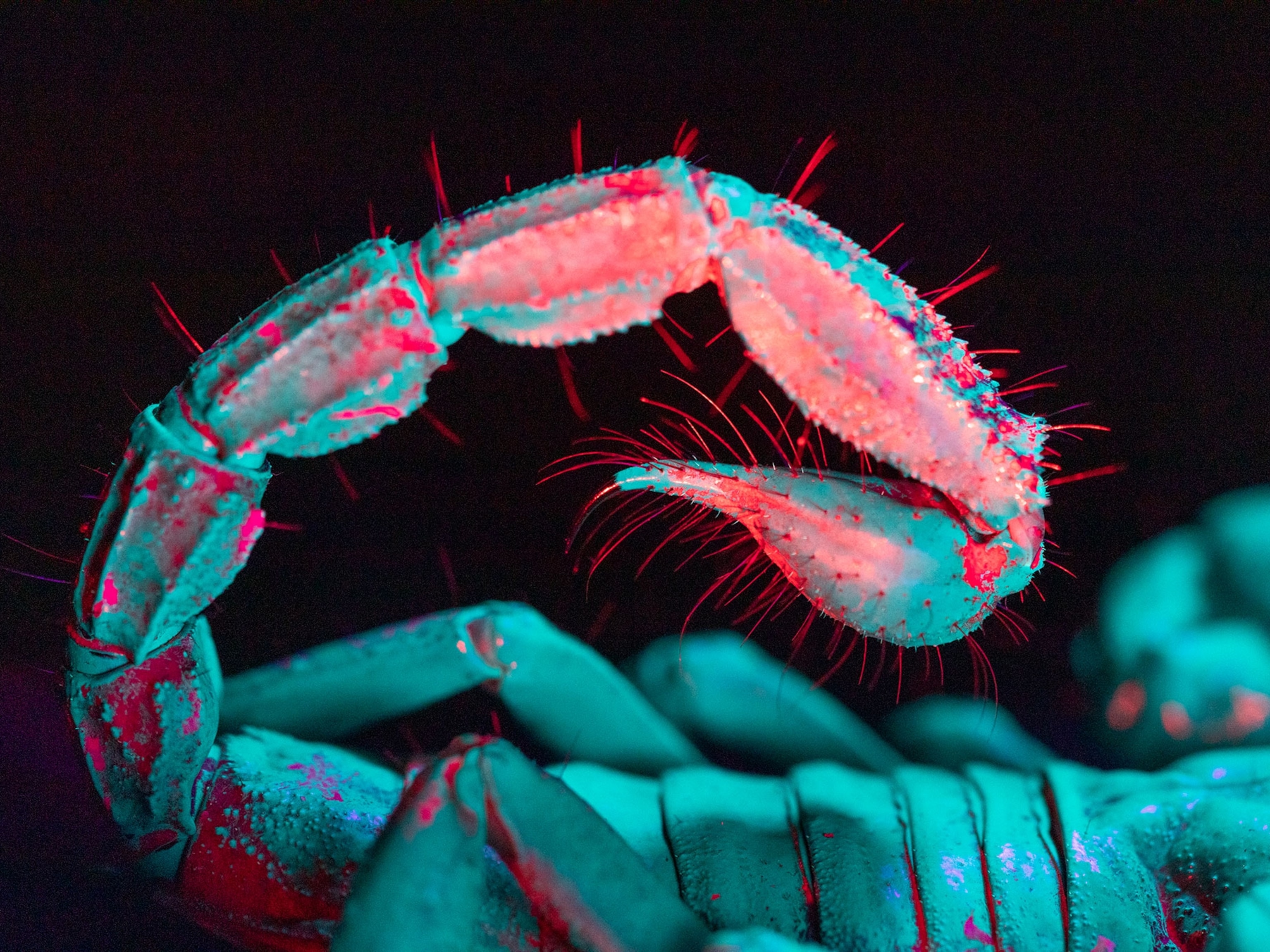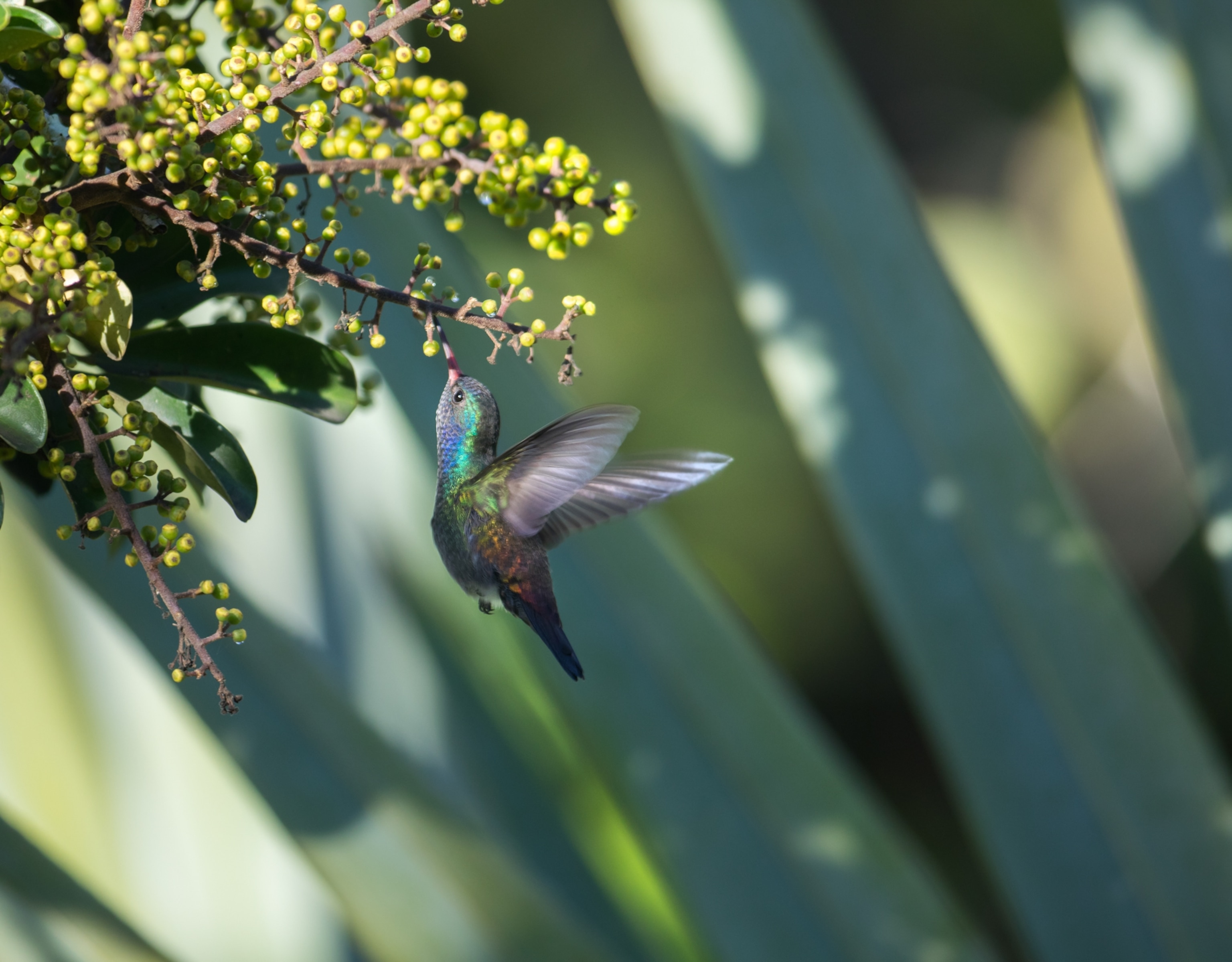
We couldn't have figs without wasps. Here's how mutualism works.
A form of symbiosis, mutualism is an interaction between two individuals that benefits both—and it’s widespread across the animal kingdom.
It’s well known that pollinators give us our favorite foods, from strawberries to sunflower seeds. But less familiar is what drives pollination: Mutualism.
It’s an interaction between two individuals of the same or different species that benefits both. Mutualism is a form of symbiosis, which is a close and persistent relationship between two organisms of different species, but not necessarily one in which they help each other. Other types of symbiosis include parasitism, commensalism, and amensalism.
When pollinators, such as bees, butterflies, and hummingbirds, drink nectar from flowers, they also pick up pollen—the plant’s sperm cells—and spread the powdery substance to other plants, helping the plant to reproduce. The pollinator gets a meal, and the plant procreates.
It’s such a successful strategy that pollination involves 170,000 plant and 200,000 animal species and contributes to 35 percent of global food crop production.
Some plants and pollinators have even co-adapted to each other’s specific needs. Several hummingbird species, for instance, have evolved bills that perfectly fit the shape of certain flowers. Sword-billed hummingbirds of South America use beaks longer than their own bodies to reach the nectar inside long-tubed passionflowers.
Bees are favored by certain flowers too. The flowers of the bee orchid, for example, mimic the appearance of female bees. (Read how people can help pollinators at home.)
When male bees attempt to mate with this purported female, the orchid reacts by dousing the bee with loads of pollen. “The orchid slaps these big things called pollinias right on the bee,” says Kayla Hale, a Ph.D. student in ecology and evolutionary biology at the University of Michigan, in Ann Arbor.
Adorned with protruding sticks of heavy pollen, the bee looks “so goofy and cute,” she says, as it buzzes off to the next orchid.
Facultative and obligate mutualism
Because bee orchids can also self-fertilize, and thus survive without their mutualistic partner, they’re an example of facultative mutualism.
The blue streak cleaner wrasse, or cleaner fish, is famous for getting a meal by plucking parasites off the mouth and gills of larger fish—which stop by to visit their “cleaning stations”—on Indo-Pacific coral reefs. Because cleaner fish have other food sources besides the parasites, such as crustaceans, this relationship is also facultative mutualism.
In the case of figs and fig wasps, however, each needs the other to complete its life cycle. This is obligate mutualism. There are about 750 species of figs, each of which has a particular fig wasp as its pollinator.
The life cycle begins when a female wasp bores into a fig, which isn’t a fruit but a cluster of tiny, inverted flowers encased by a hard skin. The wasp lays her eggs inside the fig and dies. When the larvae hatch, the wingless male larvae fertilize the females. The female wasps mature and visit other figs, delivering pollen from the previous ones with them to fulfill the life cycle.
Diffuse and specialist mutualism
When animals eat fruit and spit out or defecate the seeds, they get nutrition, and the plant gets a chance to flourish.
Birds and mammals are the most common seed dispersers, but lizards, crickets, and even banana slugs will also disperse seeds, says Judith Bronstein, an ecologist and evolutionary biologist at the University of Arizona, in Tucson.
Because seed dispersers eat and spread a variety of plants, they’re considered diffuse mutualists.
Specialist mutualism occurs when one or both organisms have a more exclusive relationship. (Read how the world’s smelliest plant wouldn’t exist without this bat species.)
Only one bird species, the phainopepla of the southwestern U.S. and Mexico, disperses the seeds of the desert mistletoe, a parasitic plant. Its berries are “very sticky, so when they’ve passed through the bird’s gut, the bird has to wipe its rear end to get the seeds off,” says Bronstein, who has studied this mutualism in Arizona.
The bird usually cleans up on the branches of the mistletoe’s host tree, which allows the seeds to stick and the plant to reproduce exactly where it belongs.
"Pretty cool trick, and apparently one that only phainopeplas can, or are willing, to do,” she says.
How did mutualisms evolve?
Long before bees buzzed the skies, plants reproduced by a process called anemophily, in which pollen carried on the wind sometimes lands on just the right spot. This wasn’t very effective, so eventually a better strategy evolved: pollination by other species.
Early insect pollinators, such as beetles, likely ate more pollen than they could carry, hindering plants’ reproduction. That’s why plants evolved nectar: a sugary, high-energy food reward. (Related: "Flowers can hear buzzing bees—and it makes their nectar sweeter.")
“It was attractive for animals to come and feed on the nectar, and then they just get covered with pollen, and move on,” Bronstein says—as well as “making sure they’re feeding on something that isn’t your babies.”
Organisms with mutualistic relationships may undergo co-evolution, in which two species evolve new traits in response to one another. Acacia trees of Central America, for example, may have evolved hollow thorns for acacia ants to live.
The ants, in turn, likely developed defensive behaviors—such as swarming and stinging—to protect the tree against grazing herbivores. Other acacia species that aren’t home to ant colonies lack hollowed-out thorns but produce a chemical themselves that protects against herbivores.
It’s tempting to anthropomorphize mutualisms as favors between friends, but it’s really about two species trying to meet their needs. And it can be a precarious balance.
For example, Bronstein says, ideally plants should produce only a certain amount of nectar at a time, so that pollinators feed on that limited supply and fly off to find more food—in the process pollinating another plant. But sometimes a pollinator stays on one flower, eating all its nectar in one go.
“There's this conflict of interest between what the pollinator wants and what the plant wants,” Bronstein says. “That's really the raw material for some very interesting evolutionary back and forth between the partners.”

